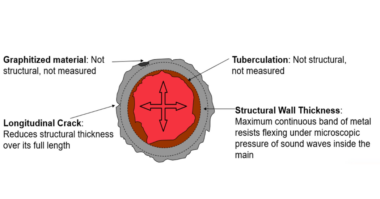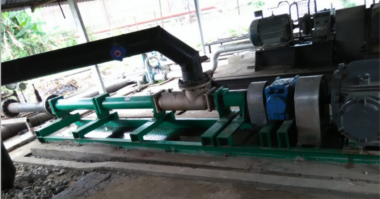In the shaft alignment process, a good measure of repeatability is important, and helps instill confidence in the measuring instrument, and trust of the user.
The easiest method of determining repeatability is to measure the same shaft alignment two or more times. But before you do, here are a few tips to increase the level and accuracy of repeatability.
- Be sure your measuring tool is mounted to the machines securely. This includes any chains, brackets, magnets, or other mounting components, including the rods.
- Make sure the machine feet are securely bolted down while making measurements.
- Minimize any soft foot before measuring. While soft foot will not affect the accuracy of two measurements taken while not loosening the feet, it will increase the accuracy of vertical and horizontal moves while correcting misalignment, and is simply good practice.
- Minimize any amount of coupling looseness or backlash. If your laser tool is equipped with inclinometers, pay close attention to the relative angular position of the transmitters and receivers. Make sure they stay as close as possible to the same degree of relative angular position.
- Confirm that your measurements between the couplings, and back to the inboard and outboard feet, are accurate.
- Rotate the shafts in the direction or the machines rotation – every time. Even on laser tools with cables, continue rotating the shafts in the same direction. If the cables tend to “wind up” around the coupling, pass the laser tool underneath the coupling to unwind it. Resist the temptation to remove the brackets. This can increase the possibility of errors.
- Rotate the maximum amount possible. Modern laser tools can give pretty accurate results with small amounts of rotation. But to achieve the maximum amount of repeatability, rotate at least 90° between measurements. 120° between measurements is even better.
- Take your measurements in the same radial position each time.
- Watch for axial play of either shaft. If one or more shafts are moving in and out axially during the measurement process, this can reduce the accuracy of your measurements.
These tips should make your alignment measurements repeatable to 1-2 mils or less at the coupling, each time.
For more information, visit VibrAlign.com




Comments